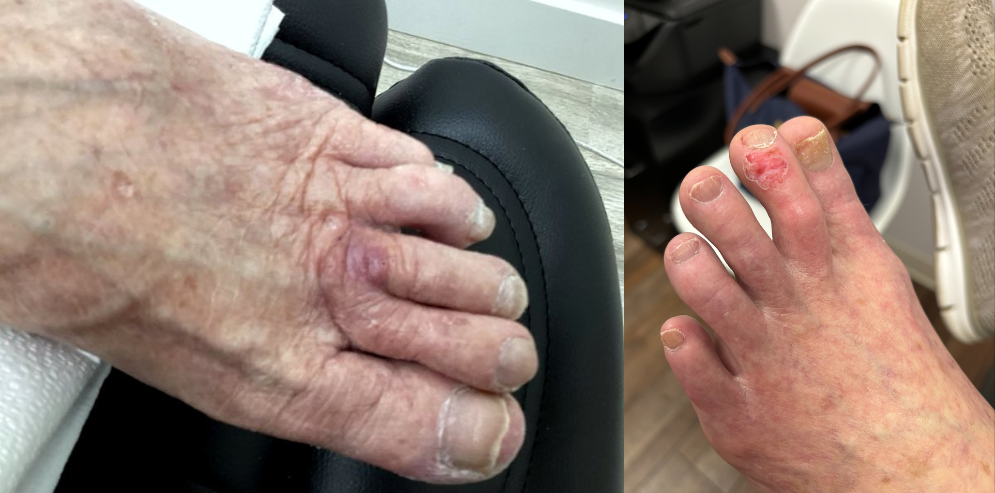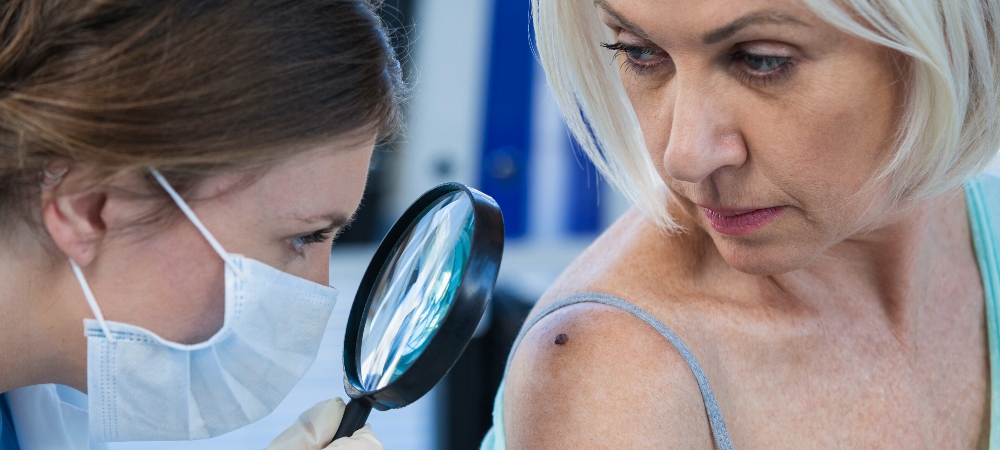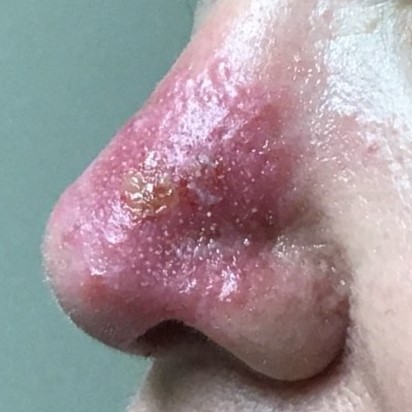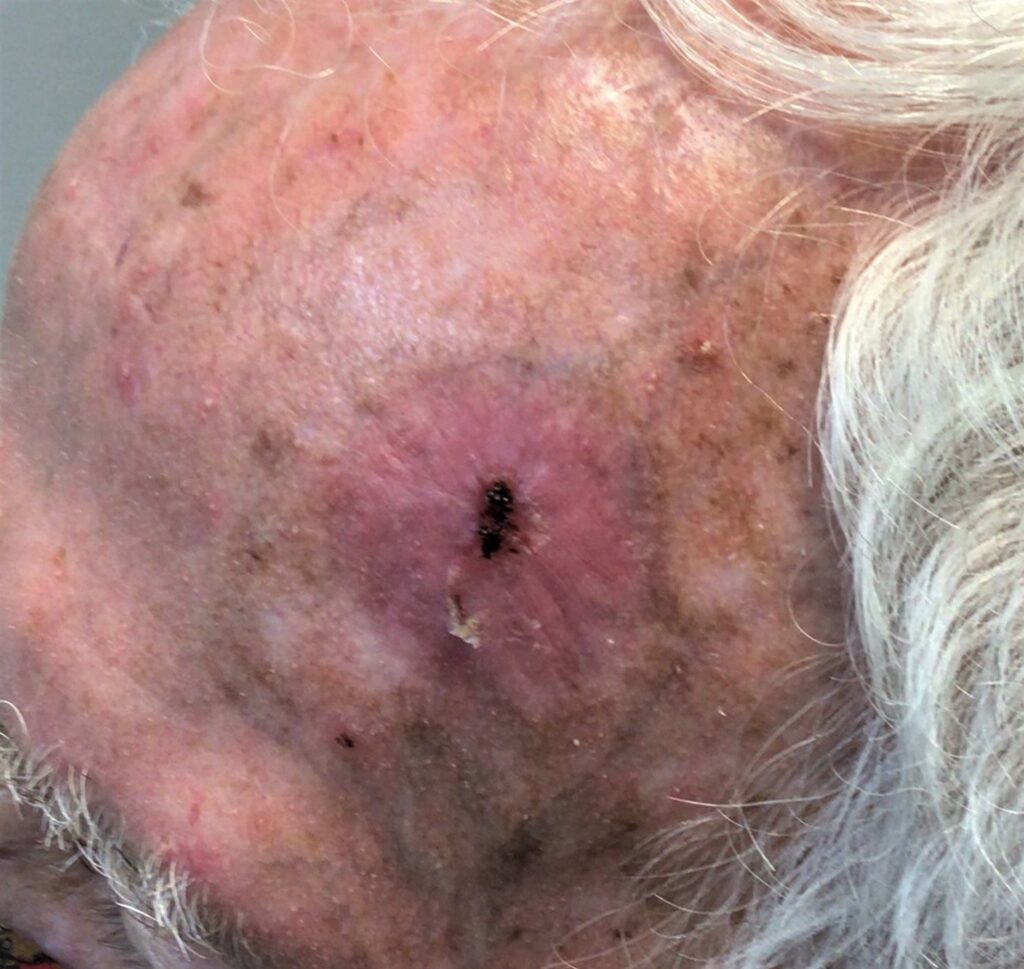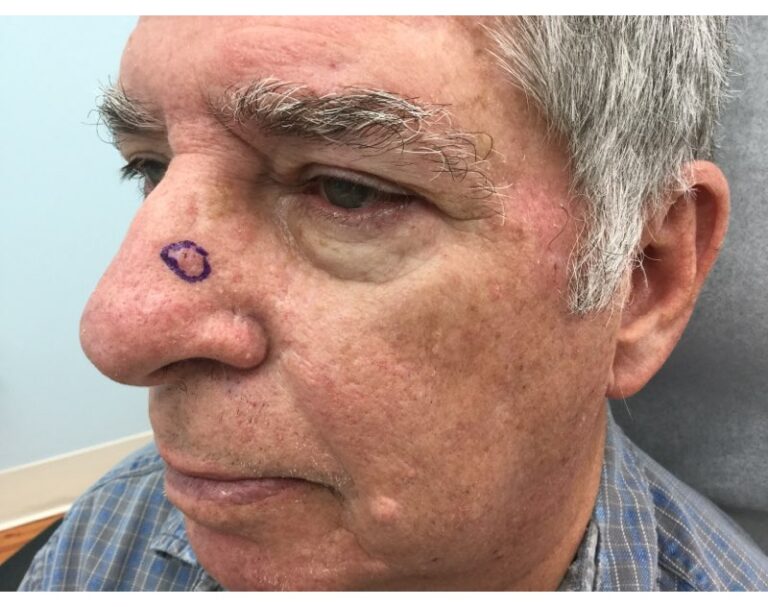
What is the difference between carcinoma and sarcoma? While they are both related to cancerous tumors, a closer look at carcinoma vs. sarcoma proves that they don’t share much else in common. To understand what separates these two forms of cancer and how they spread, let’s look at their defining characteristics and how they spread.
What is a Carcinoma?
Cancer begins when cells divide or multiply at an abnormal rate. This rapid growth often results as a tumor or lesion on or in the body, and can end up being either benign (noncancerous) or malignant (cancerous). A carcinoma is a kind of cancerous growth and is the most common form.
Carcinomas originate either in the skin or tissues lining internal organs. They are most frequently associated with cancers of the:
- Skin
- Lung
- Breast
- Colon
- Bladder
- Prostate
- Colon
- Rectum
In the example of skin cancer, a carcinoma can appear in one of two ways: basal cell skin cancer or squamous cell skin cancer. Both have visual differences but often appear as a type of sore that refuses to heal and is strikingly different from the surrounding skin.
What is a Sarcoma?
Sarcomas form on the connective parts of the body, including the muscles, nerves, bones, cartilage, and blood vessels. They have more than 50 subtypes but are categorized by whether they have formed in either the soft tissue or bone. Sarcomas do not present as many visual symptoms therefore making them much harder to treat; the early signs of a sarcoma could be swelling or a lump where it has formed.
Difference Between Carcinoma and Sarcoma
The defining difference between carcinoma and sarcoma is where they form in the body, but how they grow and spread differs as well. Carcinoma vs. sarcoma spread comes down to how these tumors associate with surrounding tissue. A carcinoma is more likely to invade adjacent tissue, spreading through the lymph nodes. On the other hand, a sarcoma is more likely to press up against other organs without spreading, though the larger the tumor grows, the more troublesome it becomes for surrounding organs to operate properly.
Treatment methods will also differ between carcinoma vs. sarcoma, due to their locations. Depending on the severity of the diagnosis, treatment methods could include:
- Surgery: to cut out the tumor and cancerous cells
- Chemotherapy: to stop the cancerous cells from spreading
- Radiotherapy: to target the exact location of the cancerous growth
Your doctor will devise a treatment plan depending on whether you’ve developed a carcinoma vs. sarcoma. For common skin cancer patients, radiotherapy is often an effective method and lends itself to fewer side effects.
Learn More About Radiotherapy Treatment for Carcinoma
If you’ve been diagnosed with basal cell skin cancer or squamous cell skin cancer, ask your physician about GentleCure™ / Image-Guided SRT, the surgery-free method for treating skin cancer. Learn how it works or call 855-936-4411 to connect with a Skin Cancer Information Specialist today.
